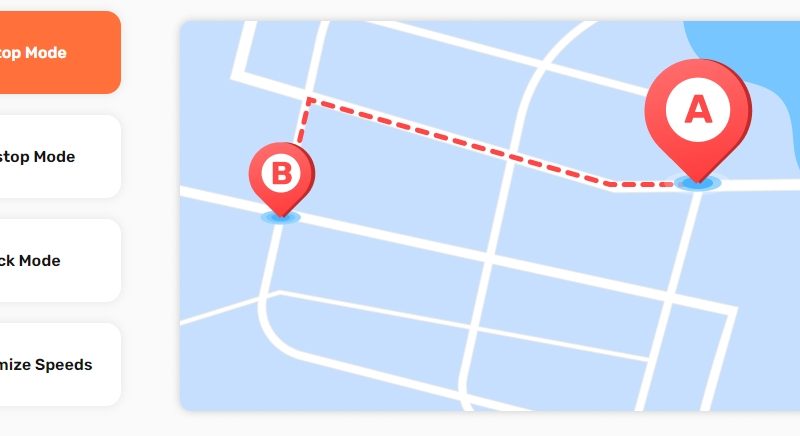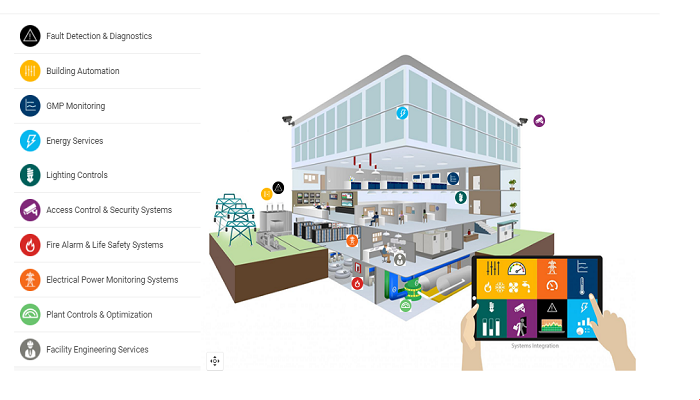How does a hydraulic pump work?

Hydraulic pumps are frequently used in today’s society. Specific projects would be nearly difficult to execute or construct without a hand-operated hydraulic pumpand its components.
With remarkable accuracy and control, these tiny components can drive large items into place. Assembly machinery, construction machines, and farming equipment all require a hand-operated hydraulic pump.
Any hydraulic system’s heart is the hand-operated hydraulic pump. A question arises: “How does a hydraulic pump work?” Let’s address it in this article.
What exactly is a hydraulic pump?
A hand-operated hydraulic pump is a device that converts hydraulic fluid’s mechanical energy into hydraulic power. This pump provides enough flow with enough force to exceed the load’s pressure.
A hydraulic pump’s job is to move hydraulic oil through a hydraulic system, and it serves as the system’s heart.
There are two primary purposes of hand-operated hydraulic pump:
- These pumps provide hydraulic flow to the hydraulic system’s other components (such as hydraulic cylinders, rams, hydraulic motors, and so on).
- These create a flow, which makes the pressure to overcome the flow resistance.
It produces enough flow to counteract the pressure created by the load at the pump output. Hydraulic power is pressure times flow, whereas mechanical rotational power is the combination of torque and speed.
Hydraulic Pump Construction
Hydraulic pumps are used to energize fluids to flow from a lower to a more significant potential. It has several mechanical moving parts that get energy from a variety of sources (mainly electrical). The majority of hydraulic pumps feature spinning components that are powered by electricity. Hydraulic pumps have the following fundamental elements:
1: Pump Housing/Casing:
This is the hydraulic pump’s exterior component that ensures the interior parts’ safety. The aluminum casing is used in smaller pumps, whereas cast iron castings are used in larger pumps.
The casing’s primary purpose is to prevent fluid from splashing outside the pump. If the heavyweight falls on the hydraulic system’s body, this component protects it from harm.
2: Impeller Blades:
Inside the hand-operated hydraulic pump casing, the impeller blades will spin. The spinning of the impeller blades causes the surrounding fluids to rotate, increasing the fluid flow potential. They also contribute to the lubrication and cooling of the system.
- Pump Shaft:
The impeller is mounted on the pump shaft. The shaft is made of steel or stainless steel, and the impeller determines the size.
1: Bearing Assembly:
Pump bearings aid in the continual spinning of the impeller. Standard ball-type anti-friction bearings are used in the majority of centrifugal pumps.
2: Sealings:
The majority of pumps fail due to bearing assembly deterioration. By shielding the bearing assemblies from impurities and coolants, seals will reduce the risk of failure to a more significant extent.
Classification of Hydraulic Pumps
Positive-displacement and non-positive-displacement pumps are the two types that are important to mention. Positive-displacement pumps are the most common type of pump used in hydraulic systems.
A non-positive displacement pump produces a continuous flow. However, because it lacks a solid internal seal to prevent slippage, its output fluctuates a lot like the pressure changes. Non-positive-displacement pumps include centrifugal and propeller pumps.
If a non-positive-displacement pump’s output port were blocked, the pressure would rise, and the output would drop to zero. Even though the pumping element would continue to move, the flow would halt due to internal pump slippage.
Slippage is minimal in a positive-displacement pump when compared to the volumetric output flow. If the output port were clogged, the pressure would rise rapidly, causing the pump’s pumping element or casing to fail (and most likely explode if the driveshaft did not break first) or the prime mover to stall.
Positive displacement hand-operated hydraulic pump
A positive-displacement pump delivers the same amount of liquid for each pumping element revolving cycle. The precise tolerance fit between the pumping element and the pump casing allows consistent delivery throughout each process.
The amount of liquid that slips past the pumping element in a positive-displacement pump is small and insignificant. Regardless of variations in the pressure against which the pump is working, the supply each cycle stays nearly constant. If there are many fluid slippages, the pump isn’t working correctly and has to be fixed or replaced.
Pumps with a positive displacement might have a constant or variable displacement. During each pumping cycle and at a specific pump speed, the output of a fixed displacement pump stays constant.
The shape of the displacement chamber may be modified to modify the output of a variable displacement pump.
Other names for these pumps are positive-displacement hydrostatic pumps and non-positive-displacement hydrostatic pumps. The term “hydrostatic” refers to a pump that transforms mechanical energy to hydraulic energy with a minimal amount and velocity of the liquid.
Liquid velocity and movement are high in a hydrodynamic pump, and output pressure is directly proportional to the rate at which the liquid is forced to flow.
Hand Operated Hydraulic Pump Working
Oil or any other fluids will be transported from the reservoir/tank to different system sections by a hydraulic pump. The displacement principle governs how the hydraulic pump works (Any object, wholly or partially immersed in a fluid, is buoyed up by force equal to the weight of the fluid displaced by the thing).
The hand-operated hydraulic pumphas separate check valves on both the input and output. The input check valve pushes fluid from the tank/reservoir into the pump, while the output check valve pumps fluid to other system sections.
The fluid will be pushed into the pump inlet by the vacuum generated. An electric motor, motor, or gas engine is utilized as the prime mover to rotate the shaft. The impeller blades on the post and the surrounding fluids will spin as the shaft moves.
When the piston is pushed, a vacuum is generated inside the cylinder. The generated vacuum will close the exit check valve while opening the inlet check valve. The fluid then enters the pump from the tank or reservoir and partially fills the cylinder.
The fluid molecules will become closer as the piston is pushed, and the entrance check valve will shut. The output check valve will open, and fluid will flow through it.
Hand-operated hydraulic Pump Applications
Hydraulic pumps are used in the automobile industry for various vehicles, including the power steering system.
Mining equipment, dump trucks, graders, ranger service devices, vacuum trucks, agricultural vehicles, loaders, cranes, and excavators, among other uses, employ hydraulic pumps.
Slitters, steel plants, foundries, bed jacks, forklifts, blenders, lifts, transports, material handling, squeezes, and infusion shaping machines are just a few of the uses for these pumps.






